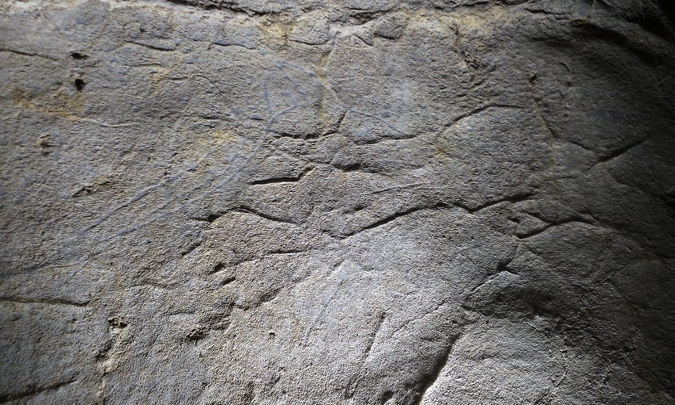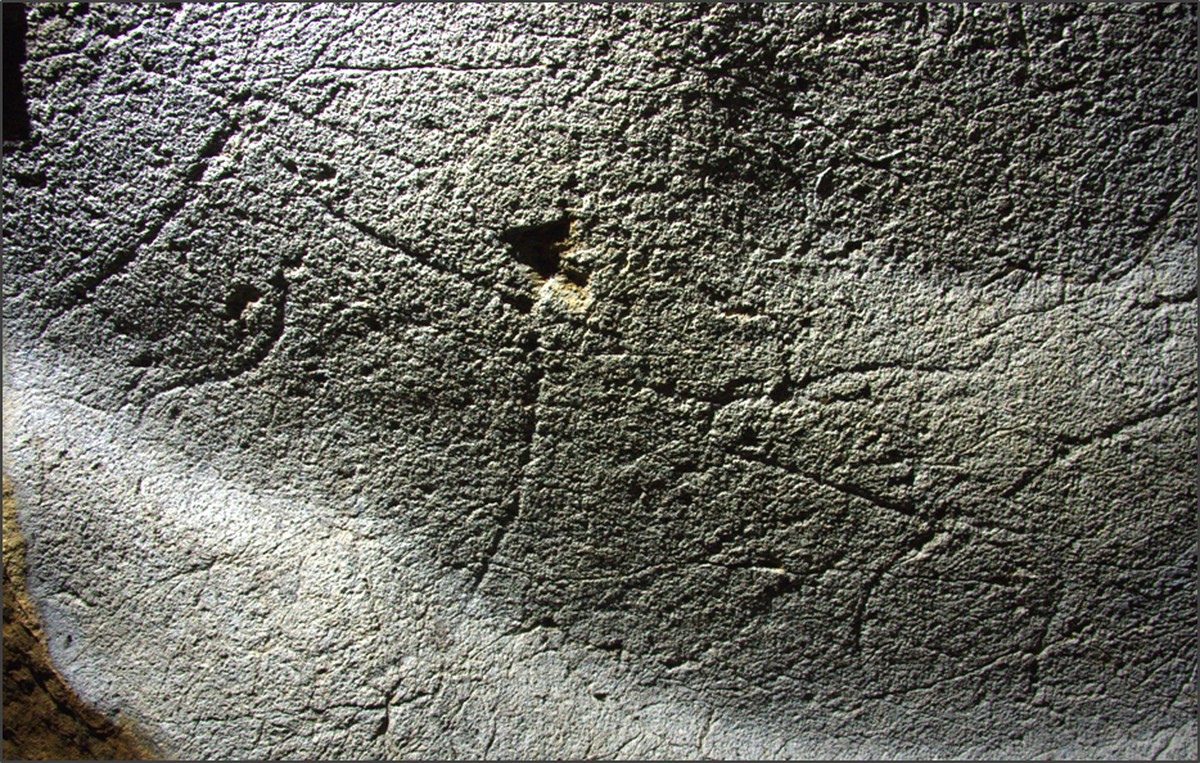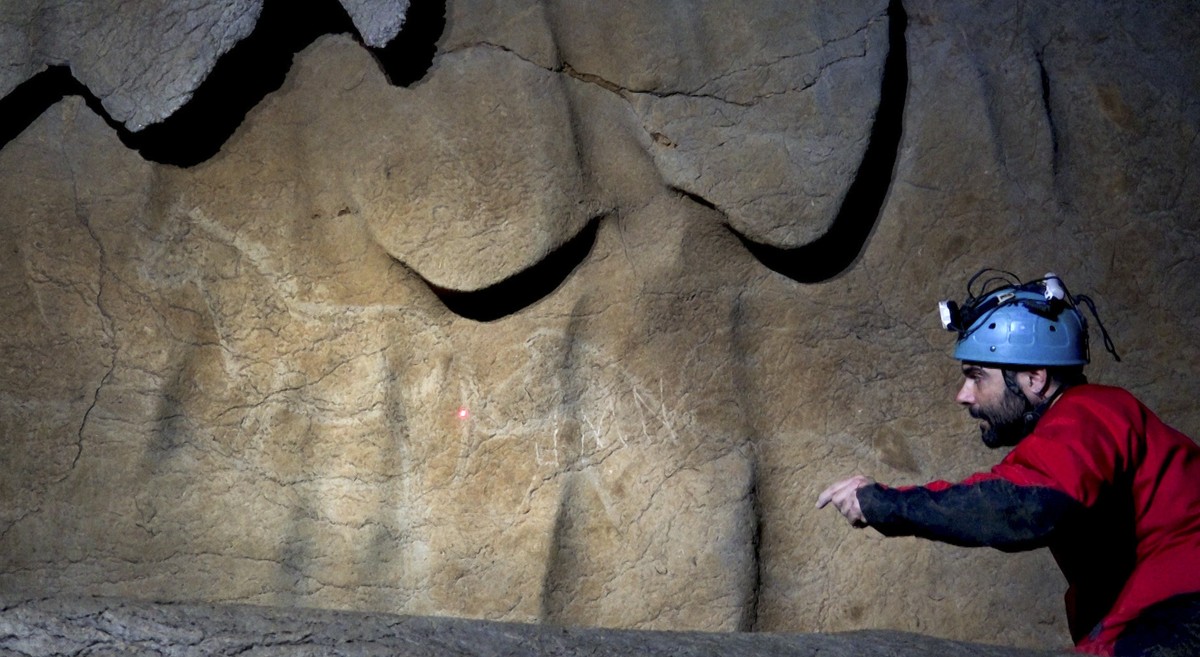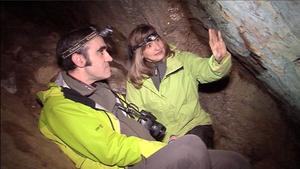Image of a Paleolithic horse and a goat in the cave of Astuigaña in Zestoa
2016/04/22 Agirre Ruiz de Arkaute, Aitziber - Elhuyar Zientzia Iturria: Elhuyar aldizkaria

More and more discoveries are being added to the classic artistic ensemble of the cliffs of Ekain and Altxerri. Proof of this are the new images of the cave of Astuigaña, in Zestoa, shown by the Provincial Council of Gipuzkoa.
Antxieta Jakintza Taldea discovered the images of the horse and goat in a narrow passage of the cave. They have also found some lines, but for now they have not been able to know what they represent. All of them are drawings engraved on the wall directly with a stone.
These works have been examined by the UPV/EHU Prehistoric Research Group and have been declared between 13000-12,000 years. That is, those of the Magdalenian, the third and last culture of the Upper Palaeolithic.
The Madeleine period was very fruitful in artistic creation. From that time also belong the images of Ekain, Altxerri and Aitzbitarte V, all of them with the ability to represent reality in a naturalistic way.
The Basque Country was the territory that constitutes the natural passage for the groups that lived in the Upper Palaeolithic (between 43,000 and 12,000 years ago), with a high population density. All this has been reflected in a large set of caves with the art of the Palaeolithic cliffs. With this discovery there are already 11 caves that preserve Palaeolithic art in Gipuzkoa. Thus, we can affirm that Euskal Herria is one of the territories that most evidence of symbolism and the beginning of current artistic activity.
For the moment, the Provincial Council of Gipuzkoa has closed the cave and the Basque Government will have to give maximum support for being an exponent of rock art.

Gai honi buruzko eduki gehiago
Elhuyarrek garatutako teknologia






